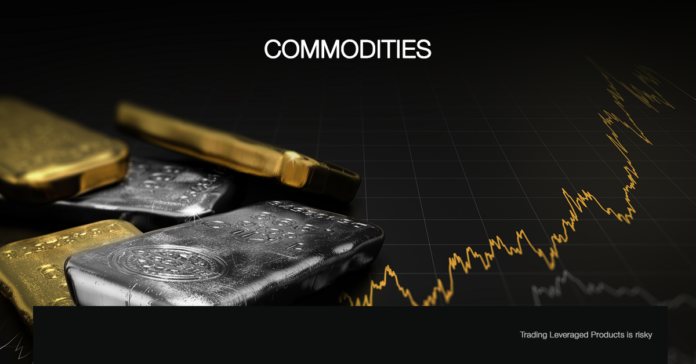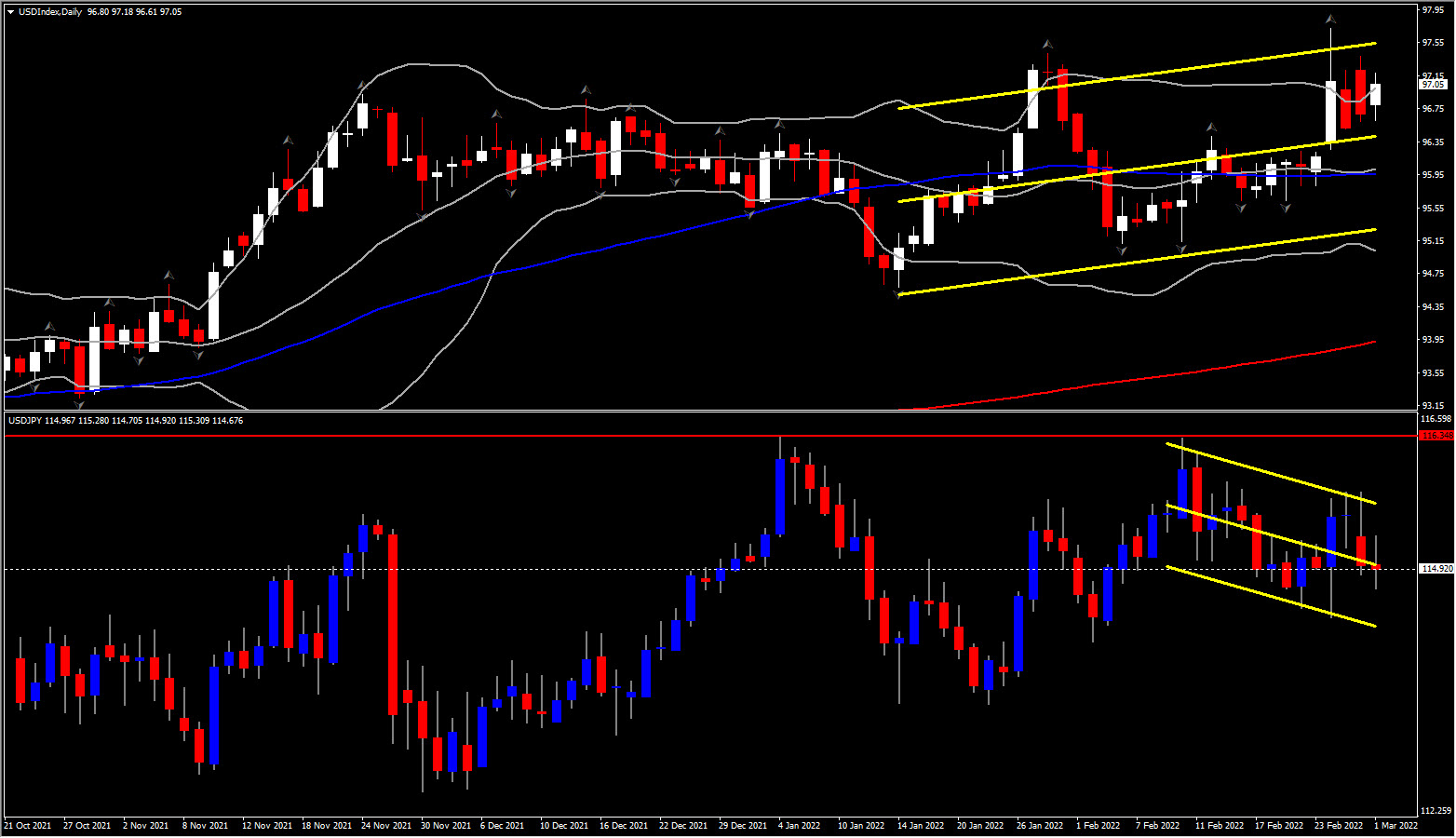USOIL prices have jumped higher over the past week, with UKOIL settling in over the $100 mark as Russia’s invasion of Ukraine and the escalating tensions between the West and Russia spark supply concerns. Oil, natural gas and wheat are among those hit the hardest, and bullion is emerging as the safe haven of choice against the background of stagflation fears and the fallout from sanctions aimed at Russian banks but also having knock on effects.
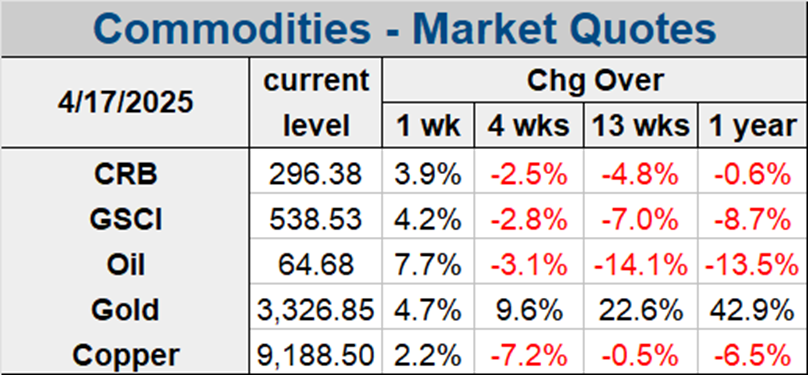
Oil prices not surprisingly have jumped over the past week, as Russia moved to invade Ukraine and prompted a raft of stiff sanctions from the West. Oil prices were already up nearly 70% on Friday and jumped further today, with USOIL and UKOIL futures clocking highs of $95.91 and $104.48 per barrel, according to Bloomberg charts. Oil shipping costs for key routes have also jumped higher as a result of Russia’s invasion in Ukraine and the subsequent sanctions, with Bloomberg reporting that shipowners are offering at least double the last transacted rate to carry so called ESPO crude amid the rise in risk to carrying cargoes amid the escalating crisis. Merchant vessels have reportedly been hit in the Black Sea and the sanctions aimed at Russian banks, including the country’s central bank, have prompted countries to look for alternatives to Russian oil.
USOIL headed to fresh 7.5-year highs of $101.50, up 6% on the session today. A surge of buying stepped in on the break of last week’s trend high of $100.54. The contract has since eased toward $100.30. The Ukraine war, stoking concerns over supplies, continues to support prices. BP and Shell are among the latest announcing plans to exit Russian operations, while importers of Russian oil are facing payment and delivery difficulties. Next Resistance aread for the asset are back to 2010-2013 highs, i.e. 102, 109, 113.
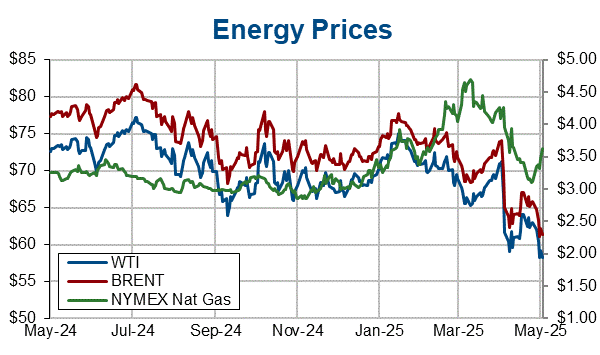
European natural gas prices surged as much as 36% today, before starting to stabilise, amid mounting concern over supply disruptions. Russia clearly didn’t like the government’s decision to halt the new pipeline, and as Germany strengthens its ties with Ukraine, the country is rethinking its energy strategy as it tries to prepare for likely shortages of gas in particular next winter, after officials said the country has enough reserves to get through this one. Clearly, the wider fallout of the escalating tensions between the West and Russia will leave many countries in Europe trying to rein in reliance on Russian oil and gas deliveries and fossil fuels in general. In the meantime, buyers from Asia are also trying to secure more crude from Saudi Arabia according to reports, while many will also be hoping for the conclusion of Iran’s nuclear deal, which according to Iran is 98% complete.
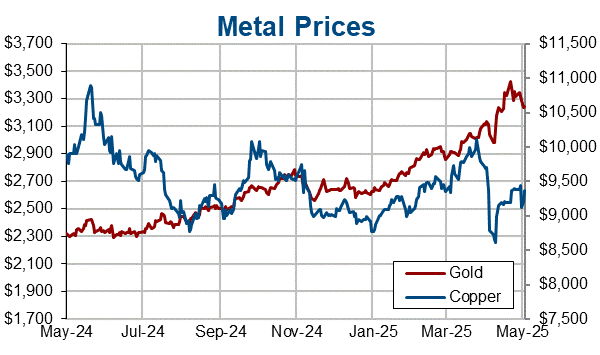
Gold meanwhile is emerging as the safe haven asset of choice in a world that looks very different from last Monday’s. Bullion is heading for the biggest monthly gain in 9 months, and ended February with a gain of more than 5% and clearly over $1,900. Stagflation concerns are clouding over central bank outlooks and bullion is trading at $1,917, as investors weigh the impact of sanctions. Even defensive bonds and stocks don’t seem safe enough after Russia put nuclear deterrent forces on high alert. Gold prices rose more than 6% last year, the most since May 2020 after seeing an 18-month high of $1,974 last week. Next Resistances ahead for the asset are back to 2020 highs, i.e. $1,950, $1,975, $2,000 and $2,016.
The escalation of tensions and Russia’s increasing isolation has also sparked supply concerns for other commodities, with prices for aluminium, wheat and palladium all rising further today. Wheat advanced to levels not seen in more than 13 years, aluminium prices hit a new record high and with the risk that exports from Russia will drop off sharply, palladium jumped more than 4%. Palladium is used in engine exhausts to reduce emission, and around 25%-30% of the world’s supply is mined in Siberia.
Looking ahead, mounting concern that developments will hit the global recovery could limit the upside for industrial metals in particular and add to volatility.
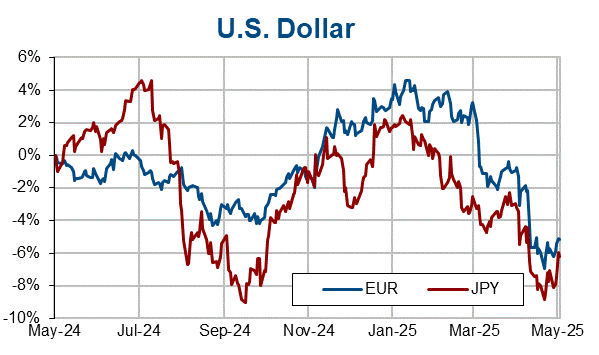
Click here to access our Economic Calendar
Andria Pichidi
Market Analyst
Disclaimer: This material is provided as a general marketing communication for information purposes only and does not constitute an independent investment research. Nothing in this communication contains, or should be considered as containing, an investment advice or an investment recommendation or a solicitation for the purpose of buying or selling of any financial instrument. All information provided is gathered from reputable sources and any information containing an indication of past performance is not a guarantee or reliable indicator of future performance. Users acknowledge that any investment in Leveraged Products is characterized by a certain degree of uncertainty and that any investment of this nature involves a high level of risk for which the users are solely responsible and liable. We assume no liability for any loss arising from any investment made based on the information provided in this communication. This communication must not be reproduced or further distributed without our prior written permission.











